Yellowwood
- November 23, 2023
- 0 comment
Yellowwood, a collective term encompassing various tree species belonging to the Podocarpaceae family, stands as a botanical emblem of Southern Africa’s diverse landscapes. These majestic trees, characterized by their tall, straight trunks and evergreen foliage, play a crucial ecological role in maintaining biodiversity.
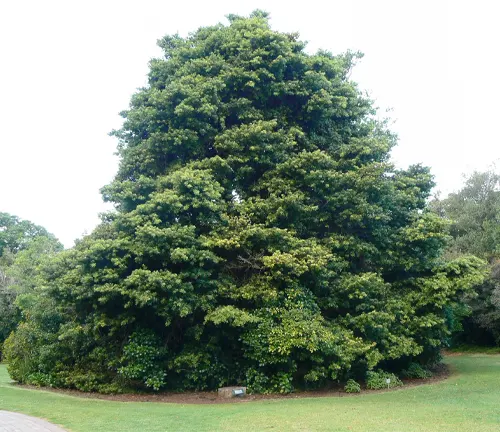
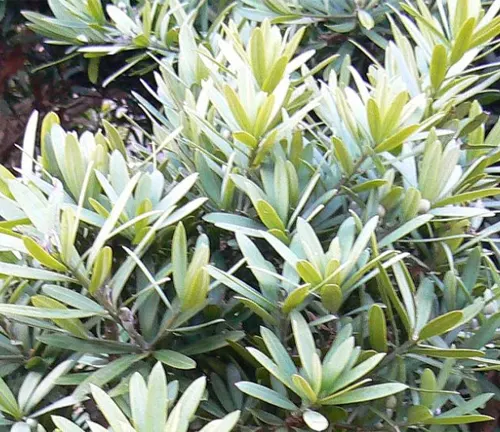
predominantly in countries like South Africa, Zimbabwe, and Mozambique, Yellowwood provides vital habitats for a myriad of flora and fauna, showcasing its significance beyond its aesthetic appeal. The wood of Yellowwood, recognized for its durability, has been utilized for generations in construction and furniture making, weaving the species into the cultural and economic fabric of the region.
Despite its ecological importance, Yellowwood faces challenges such as habitat loss and over-exploitation, prompting conservation efforts to protect these iconic trees and promote sustainable practices. Beyond its practical uses and conservation concerns, Yellowwood holds a special place in local folklore, contributing to the rich tapestry of cultural traditions. In essence, Yellowwood symbolizes the harmonious intersection of nature, culture, and conservation in the Southern African landscape.
| Characteristic | Description |
|---|---|
| Family | Podocarpaceae |
| Scientific Name | Various species, including Afrocarpus and Podocarpus |
| Distribution | Southern Africa, notably in South Africa, Zimbabwe, and Mozambique |
| Appearance | Tall, straight trunk; evergreen foliage |
| Wood Uses | Highly valued for durability; used in construction and furniture making |
| Ecological Role | Maintains biodiversity by providing habitat and sustenance for various species |
| Cultural Significance | Features in local folklore and traditions |
| Threats | Habitat loss, over-exploitation |
| Conservation Status | Subject to conservation efforts to preserve remaining populations |
| Importance | Economically valuable wood; ecologically and culturally significant |
Botanical Beauty of Yellowwood
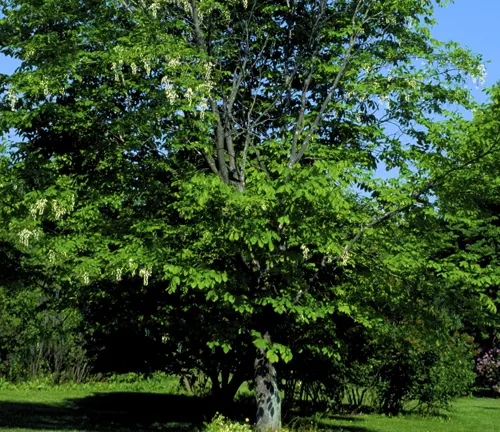
Yellowwood, the common name for two distinct tree species, both known for their vibrant yellow hues, graces landscapes with their beauty and elegance. The American yellowwood, Cladrastis kentukea, native to the southeastern United States, stands as a medium-sized deciduous tree, reaching heights of 30 to 50 feet. Its crown, adorned with delicate branches, spreads gracefully, providing ample shade. In spring, the tree bursts into a spectacle of fragrant white flowers, hanging in graceful clusters like cascading waterfalls. As autumn arrives, the foliage transforms into a tapestry of golden yellows, adding a touch of warmth to the changing season.
The real yellowwood, Podocarpus latifolius, indigenous to South Africa, emerges as an evergreen giant, towering up to 35 meters in height. Its broad strap-shaped leaves, initially bright green, mature to a deep, somber hue, creating a striking contrast against the younger growth’s vibrant color. The tree’s cones, resembling berry-like structures, bear a single seed encased in a sweet, edible fleshy covering. The real yellowwood, revered for its exceptional timber quality, holds national tree status in South Africa, symbolizing the country’s rich biodiversity.
Woodland Elegance
Within the realm of forestry, Yellowwood takes center stage for its exceptional elegance. The wood of the Yellowwood tree is a prized material, known for its durability and versatility. This woodland giant has been a traditional choice for construction and furniture making, embodying strength and grace in every inch. The timber’s aesthetic appeal, coupled with its robust nature, underscores Yellowwood’s significance in the crafting of enduring structures and timeless furnishings.
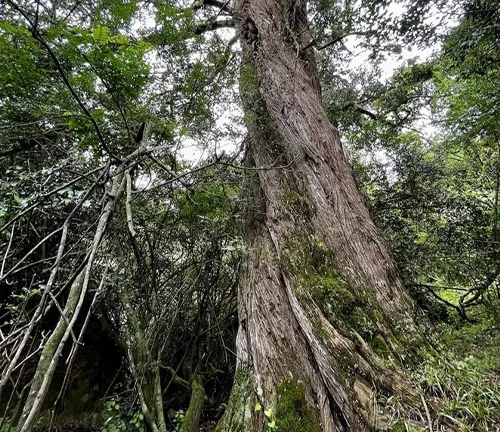
Ecological Importance

Beyond its visual allure, Yellowwood plays a pivotal role in Southern Africa’s ecosystems. The towering presence of Yellowwood trees creates vital habitats for a myriad of flora and fauna. This ecological importance extends to the preservation of biodiversity, as the tree’s branches provide shelter and sustenance for various species. The intricate dance of life within Yellowwood groves underscores the interconnectedness of this species with the broader natural environment.
Cultivation and Conservation
As the encroachment of human activity poses threats to Yellowwood populations, cultivation and conservation efforts have become imperative. Conservation initiatives aim to protect and preserve the remaining Yellowwood populations, recognizing the intrinsic value of this species. By cultivating awareness and implementing sustainable practices, these efforts seek to ensure that the legacy of Yellowwood endures for generations to come.
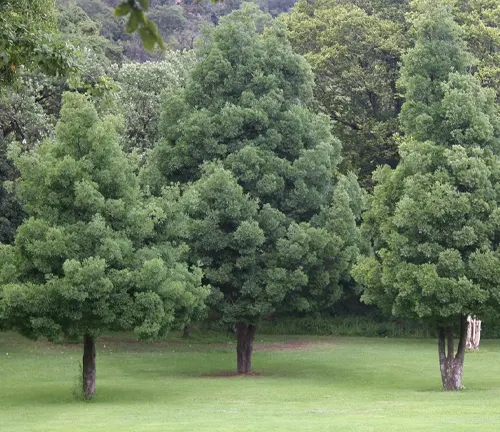
Fragrance
One enchanting aspect of Yellowwood lies in its subtle yet captivating fragrance. The sweet aroma emanating from the tree adds another layer to its allure, creating a sensory experience that complements its visual and ecological splendor. The fragrance, often celebrated in local folklore, further solidifies Yellowwood’s place in the cultural tapestry of the regions it graces.
Soil Stabilization
In addition to its visual and olfactory charms, Yellowwood contributes to the stability of the soil in its habitat. The extensive root system of the tree helps prevent soil erosion, anchoring the earth and fortifying landscapes. This soil stabilization function enhances the resilience of ecosystems, showcasing yet another facet of Yellowwood’s ecological significance.

Common Uses

The versatility of Yellowwood extends beyond its role in the natural world. Human communities have long recognized the practical value of Yellowwood timber. The wood’s strength and durability make it a preferred choice for construction, crafting durable furniture, and various other applications. The versatility of Yellowwood serves as a bridge between the natural and human-made worlds, embodying a harmonious relationship between nature and culture.
Benefits
In contemplating the various facets of Yellowwood, it becomes evident that the benefits it bestows are multifaceted. From the economic value derived from its timber to its ecological contributions in habitat preservation and soil stability, Yellowwood stands as a symbol of balance and interconnections. The benefits of conserving and appreciating Yellowwood extend not only to the present but also to the sustained well-being of ecosystems and communities in the future.
Different Species
Real Yellowwood
(Podocarpus latifolius)
Found in Southern Africa, particularly in South Africa, this species is known for its tall, straight trunk and glossy, lance-shaped leaves. It is a prominent and ecologically significant tree in the region.
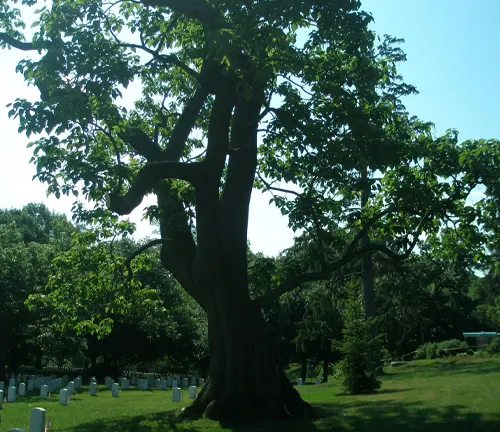
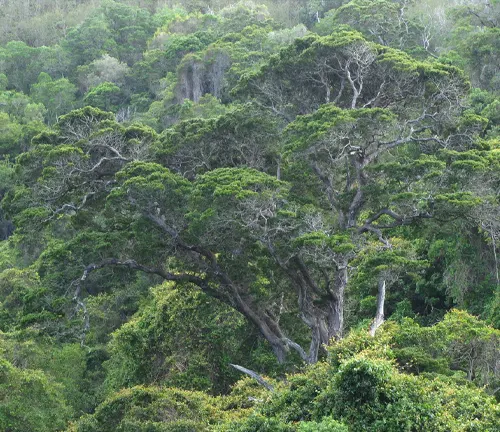
Outeniqua Yellowwood
(Podocarpus falcatus)
Indigenous to the Outeniqua Mountains in South Africa, this species is characterized by its spreading crown and dark green foliage. It is often found in mountainous and forested regions.
Mifuti
(Podocarpus milanjianus)
Native to the eastern parts of Africa, including Malawi and Tanzania, the Mifuti Yellowwood is a large evergreen tree with a distinctive conical shape. It is valued for its timber and is an important species in local ecosystems.
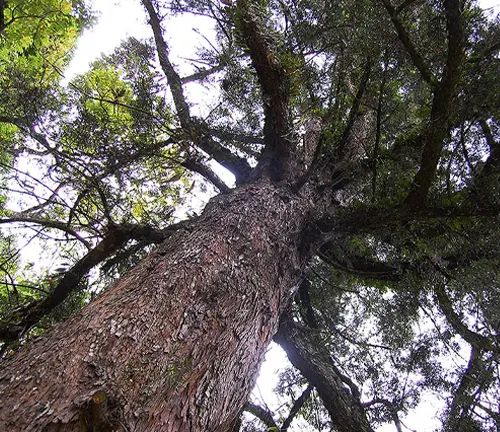
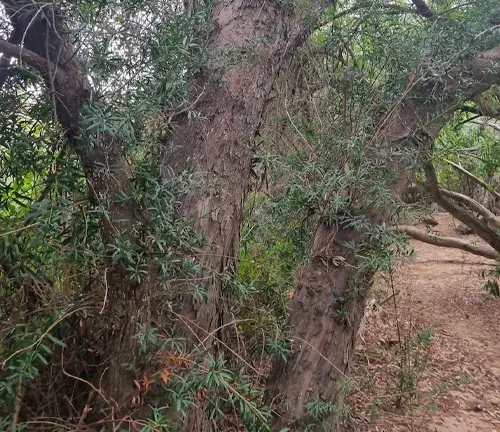
Real Yellowwood
(Podocarpus elongatus)
Found in parts of East Africa, including Kenya and Tanzania, this species is similar in appearance to the Real Yellowwood in Southern Africa. It is a tall, straight tree with needle-like leaves.
Yellowwood
(Afrocarpus falcatus)
Formerly known as Podocarpus falcatus, this species is native to East Africa. It is a coniferous tree with a conical crown and pendulous branches. The wood of this species is used for various purposes.
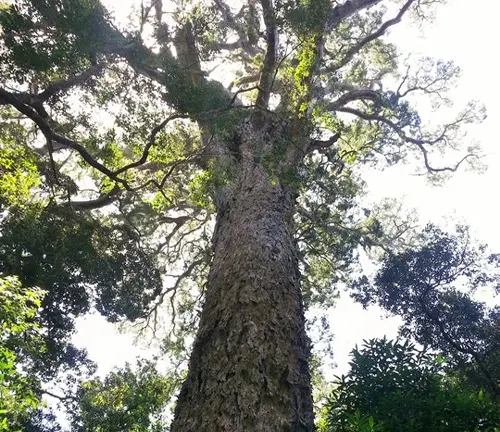
Frequently Asked Questions (FAQs)
1. What is Yellowwood?
Yellowwood refers to various species of trees belonging to the Podocarpaceae family, known for their distinctive yellowish wood and ecological significance.
2. Where is Yellowwood typically found?
Yellowwood trees are predominantly found in Southern Africa, with notable concentrations in countries such as South Africa, Zimbabwe, and Mozambique.
3. What are the key characteristics of Yellowwood?
Yellowwood trees are characterized by tall, straight trunks, evergreen foliage, and in some species, a yellowish wood. The leaves are typically lance-shaped, and the trees can reach considerable heights.
4. Why is Yellowwood ecologically important?
Yellowwood plays a crucial role in maintaining biodiversity by providing habitats for various species. The tree’s branches offer shelter and sustenance for diverse flora and fauna.
5. What are the threats to Yellowwood?
Yellowwood faces threats such as habitat loss and over-exploitation. Human activities and unsustainable practices pose risks to the survival of these trees.
6. How is Yellowwood culturally significant?
Yellowwood holds cultural significance in local folklore and traditions. The tree may feature in stories, ceremonies, or have symbolic importance in certain communities.
7. Is Yellowwood used for any practical purposes?
Yes, Yellowwood is highly valued for its wood, which is known for its durability. It has been traditionally used in construction, furniture making, and various other applications.
8. Are there conservation efforts for Yellowwood?
Yes, conservation initiatives are in place to protect and preserve remaining Yellowwood populations. These efforts focus on raising awareness and implementing sustainable practices.
9. What is the fragrance of Yellowwood like?
Yellowwood is known for its subtle yet captivating fragrance. The sweet aroma adds to its overall appeal and is sometimes celebrated in local traditions.
10. How does Yellowwood contribute to soil stabilization?
The extensive root system of Yellowwood helps prevent soil erosion, contributing to the stability of the soil in its habitat.



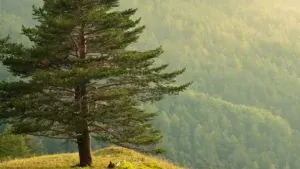
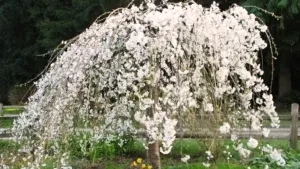
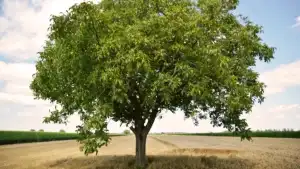
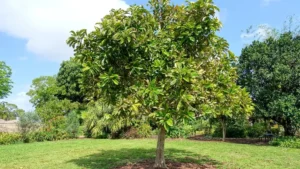
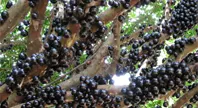
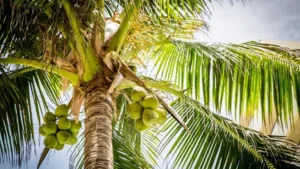
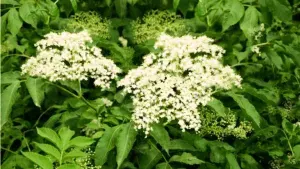
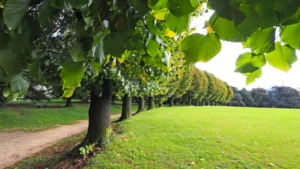
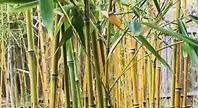

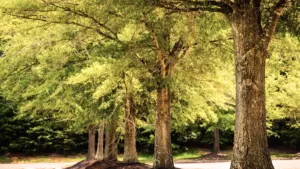
Leave your comment